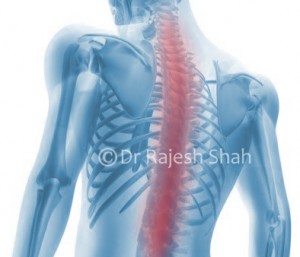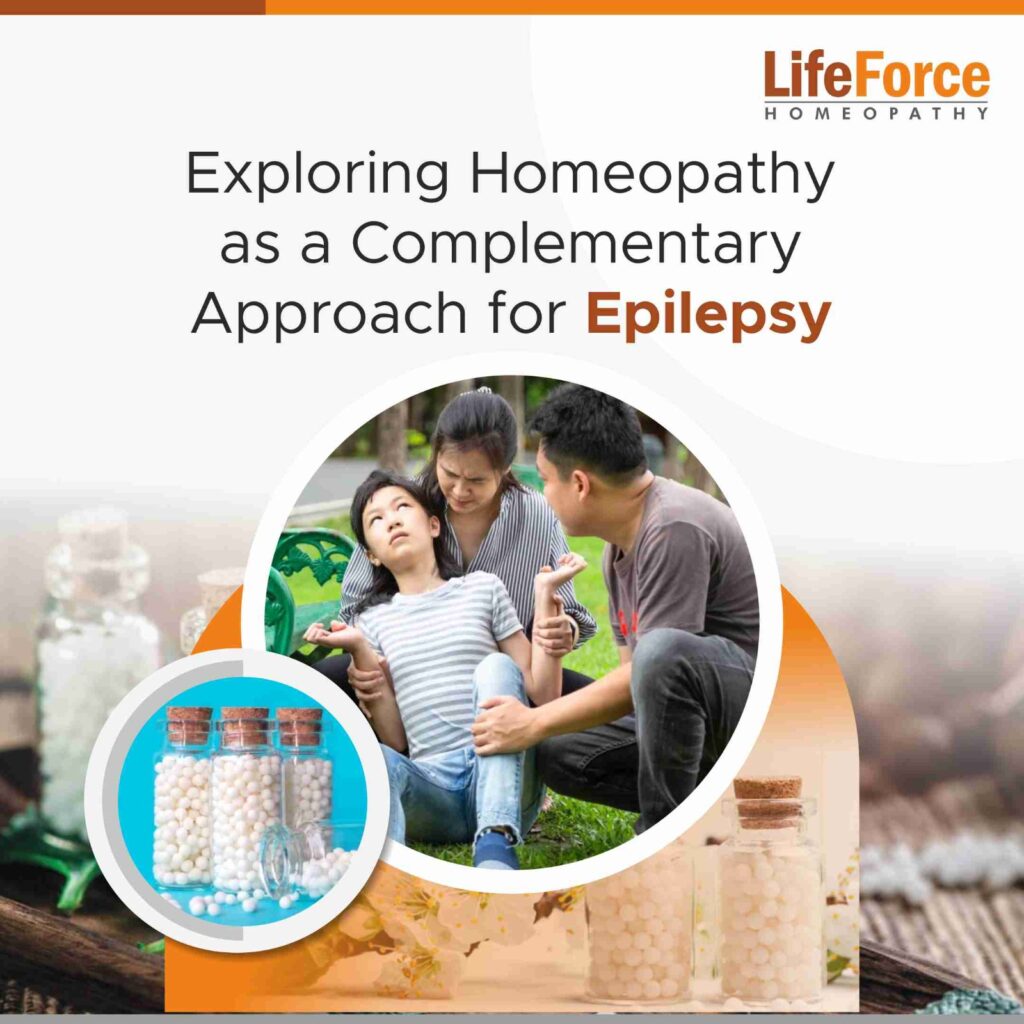 Lower back pain has become a lifestyle disorder and one of the commonest reasons for absenteeism.
Lower back pain has become a lifestyle disorder and one of the commonest reasons for absenteeism.
Long sitting hours, bad postural habits, and sedentary life has made life difficult.
Commonly back pain can be caused by any mechanical reasons like falls, sprains, herniated discs or age related disorders etc.
But is it just a simple backache or something else?
Are you a young adult with:
- Unexplained pain in the back with no history of any injury.
- Pain which is worse after waking up
- Pain that gradually extends to involve your heels and chest?
Stop for a minute and analyze your backache:
Ankylosing Spondylitis (AS) commonly affects the back causing great stiffness, pain, reduced mobility and restricted movements. AS is known to affect other joints like heels, ankles and chest (rib joints). There may be involvement of one’s intestines and eyes as well.
In AS there is an abnormal bone growth causing them to fuse and causing further disablement.
Do your pains fit the picture of Ankylosing Spondylitis?
- Unexplained backache which aggravates with rest. Backache are commonly better with rest but in case of AS it is not so. The pain increases with rest and on waking up and feels better with exercises.
- Associated pain in heel and stiffness. A constrictive feeling in chest due to stiffness of rib joints causes discomfort while breathing.
- Ascending pain.In many patients, the pain begins in the lower back and gradually goes up to involve the upper back and neck. When left untreated, AS causes a change in the curvature of the spine causing a forward curvature (called Kyphosis).
- Genetic link.If anyone in the family has the same condition then you are more likely to get the same problem. So it is advised to get checked for HLA B27.
- AS is more likely to affect males than females, with predominance seen in younger age.
If any of these symptoms ring a bell, do not hesitate to visit your doctor for Ankylosing Spondylitis. Your doctor will thoroughly examine you and advise if any tests like X-rays, HLAB27, ESR, etc are required.
Once the diagnosis is confirmed, discuss with your doctor, what exercises or physiotherapy is advisable, what medications are to be taken, etc.
Homoeopathic medicines are a good treatment for ankylosing spondylitis symptoms. As with any other disease, it is best that you start treatment as soon as you notice the early signs of ankylosing spondylitis. And most importantly, do not give up. Remember to H.O.P.E – HOLD ON, PAIN ENDS. For more information on hope with homoeopathy for ankylosing spondylitis at LifeForce, leave us your details below:




